Tips For Self-Defense in the Home
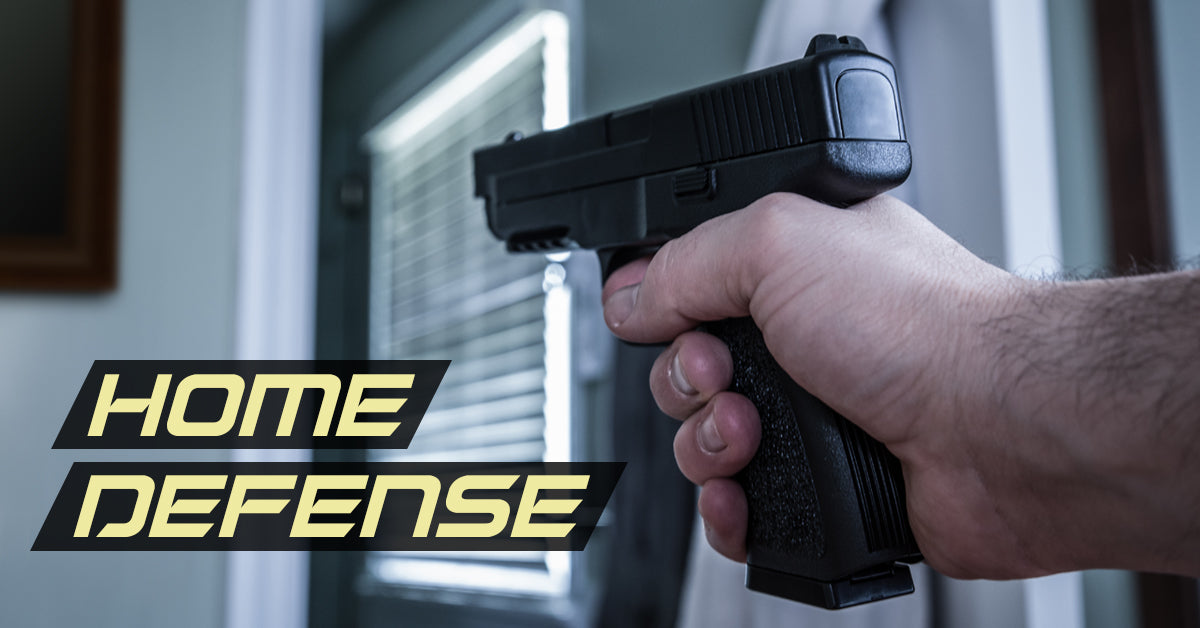
If there is one thing that rings true, it’s that 100% of home invasions happen at home. Because the average American spends most of their time in their home, the chances of you being in your home when an invasion starts is actually pretty good.
What follows are some tips for self-defense in the home (also known as home defense), some of which you may have never thought about before. Let’s get started:
Carry in the home --
Many people go to work, shopping, or wherever their travels may lead them during the day or night. During this time, they holster their concealed carry firearm and run out the door.
Then, the moment they return back home they cannot wait to get the gun back off the hip. What they may not consider, is that their home has been canvassed by local criminals and is next on the list in a rash of home invasions.
This often spells out disaster for those of us who are unprepared or unwilling to carry a gun at home.
Why don’t people carry where they live? There are usually a couple of reasons we’ve heard about why people don’t do this.
- The first one on this list, is because you don’t want to be labeled as “one of those people” who is so paranoid or afraid of the outside world that they have to carry inside their home.
- Next in line which is somewhat more popular, is the fact that in our homes we want to feel comfortable. Because we want to feel comfortable, we often replace our gun and jeans with sweatpants or similar.
- Finally, some people just don’t find it necessary.
Let’s tackle each of these in turn.
In a perfect world, you wouldn’t have to worry about people breaking into your house, hurting you, and taking your stuff. But, we don’t live in a perfect world. Quite the opposite, actually. Because of this, who really cares what other people may think about you taking your own safety to the next level? Not only that, but who is going to know anyway?
Moving on, we talk about being comfortable in the home. There are actually ways you can carry a gun on your person while in your residence, AND remain comfortable. If you’re using drawstring pants, you can conceal a smaller gun on your waistline using a holster with a strong clip (like ours Ultimate Suede Holster). Just stick the gun and holster onto your chosen position and tie the pants so they stay up around your waist properly.
While a smaller, lighter weight gun may not be ideal for round count, it surely beats nothing and can help you get to a better spot for defense or a dedicated home defense gun.
Finally we talk about whether or not it’s necessary to carry a gun in the home. We’ve already passively tackled this to some degree by stating that a home invasion is a likely thing, which is really the main reason for carrying a gun to begin with. To word it differently, an attack can happen anywhere, at any time to include inside and outside the home.
For those of us who live by the mantra, it’s better to have it and not need it than it is to need it and not have it--also applies where you live.
Dedicated home defense gun --
A few moments ago, we mentioned having a dedicated home defense gun. Please note that having a gun that is safely where you can get to it is important. A couple of things to keep in mind here, is that the firearm needs to be stored in a manner that nobody else can get to it to include criminals or children.
Also, the home defense gun needs to be capable, higher capacity, and a firearm that you’re not only proficient with but are willing to practice with at least a few times each year.
This means that you shouldn’t just go pick a 12 gauge shotgun because an article on the internet told you so. Sadly, many people who buy a 12 gauge shotgun for home defense never even shoot it after the first shot because people generally underestimate how much recoil it produces.
Then, because they don’t shoot the 12 gauge even on a semi-regular basis, they have no muscle memory with it causing a different set of problems if they need to use it during an emergency. Is it better than nothing? Sure, but it’s not the best option unless you do train with it.
Let’s word that differently because it is important: If you’re not training with your dedicated home defense gun you should be because you won’t be proficient with it until you do.
If you have absolutely zero desire to train with your home defense gun because it’s painful to do, then you need a different gun. Find one that you’re comfortable shooting more often that you can become proficient with, whether a handgun, rifle, or lighter recoiling shotgun. The type of gun isn’t as important as you putting in the proper amount of time training with it.
Training also includes dry runs through your house. You may think you can maneuver through tight spaces with your AR-15, opening doors, etc., but can you really? If you have never done it before, you’d be surprised how different it may feel.
Isolation --
Many gun owners have thoughts of grandeur when they consider home defense. They falsely assume that the best case scenario is for them to hear the bump in the night and then go investigate what the bump is, to find the bad guy, and then engage.
While each situation is different and it’s not our goal to tell you what to do, let us give you some thoughts about this that may change your mind about going to investigate.
First, let’s say you do hear the bump in the night. You have no idea what caused that bump, but you have a sinking suspicion that it’s a home invasion/burglary in progress. Going to investigate could be a disaster waiting to happen because bad guys tend to travel in packs and if there is more than one invader, you’re now outnumbered by people who don’t want to go to jail and may be willing to eliminate witnesses.
If you suspect that there is someone in your home and you keep hearing noises, whispers, seeing flashlights, etc., the best course of action is to isolate yourself and family in a room that you can defend as you call the police to report that you believe someone is in your house.
And then wait for the police to arrive. You’ll want to tell the dispatcher where you’re located, that you’re the homeowner, and are armed in case you’re confronted by the bad guys.
Unless you’ve got cameras in each room, there is no way of knowing how many you’re dealing with, where they are, if they’re armed, etc. The best course of action is to isolate yourself and defend your own position.
This has the added benefit of keeping you out of trouble with the law, as well. If you don’t go looking for trouble and only open fire if the trouble comes to you, they’ll have a very hard time accusing you of looking for a fight.

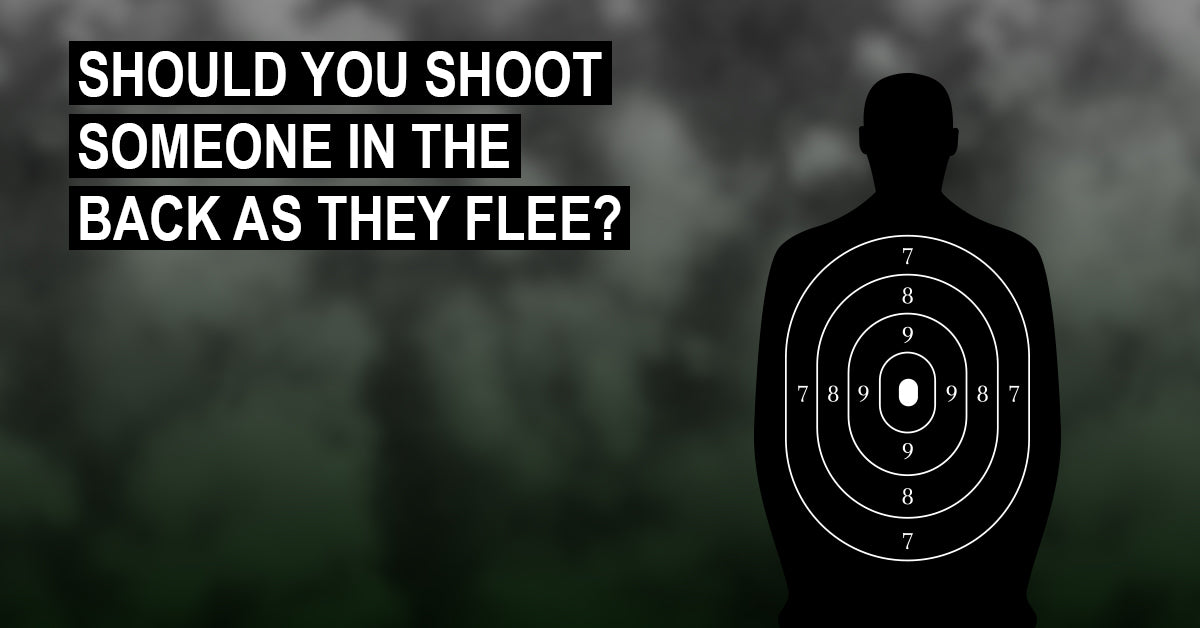
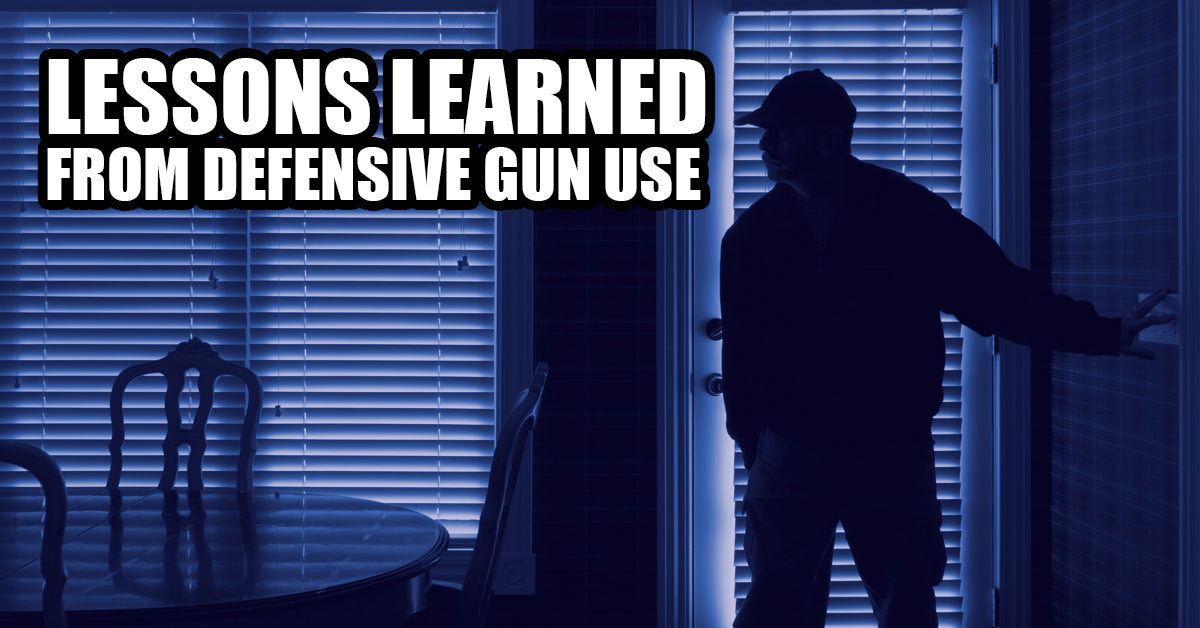
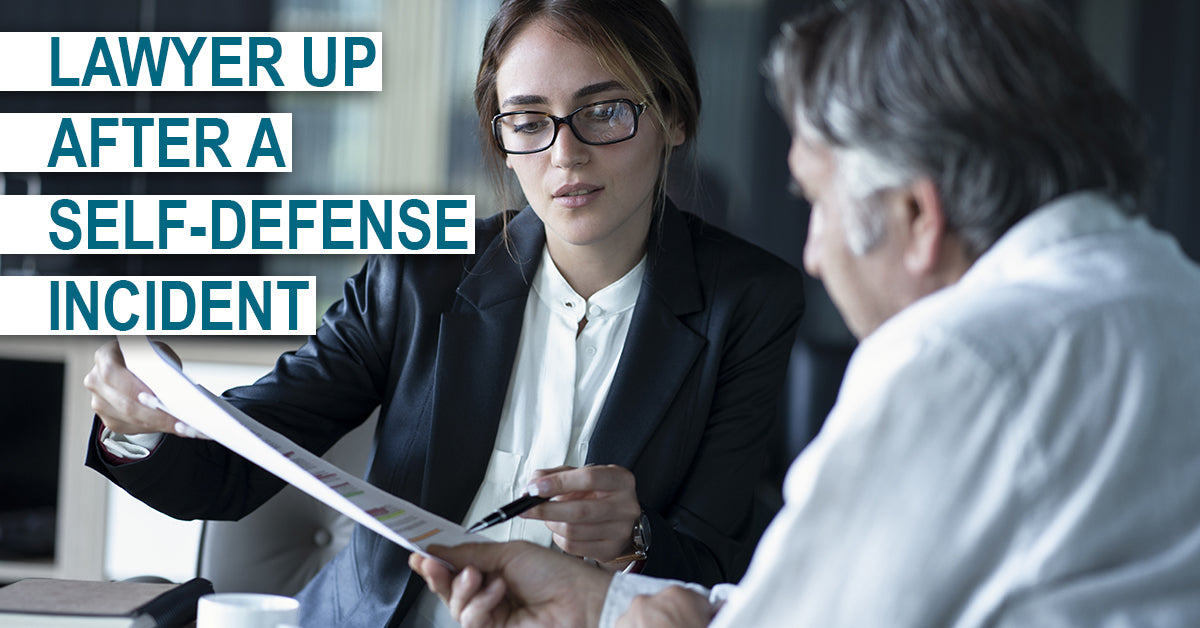
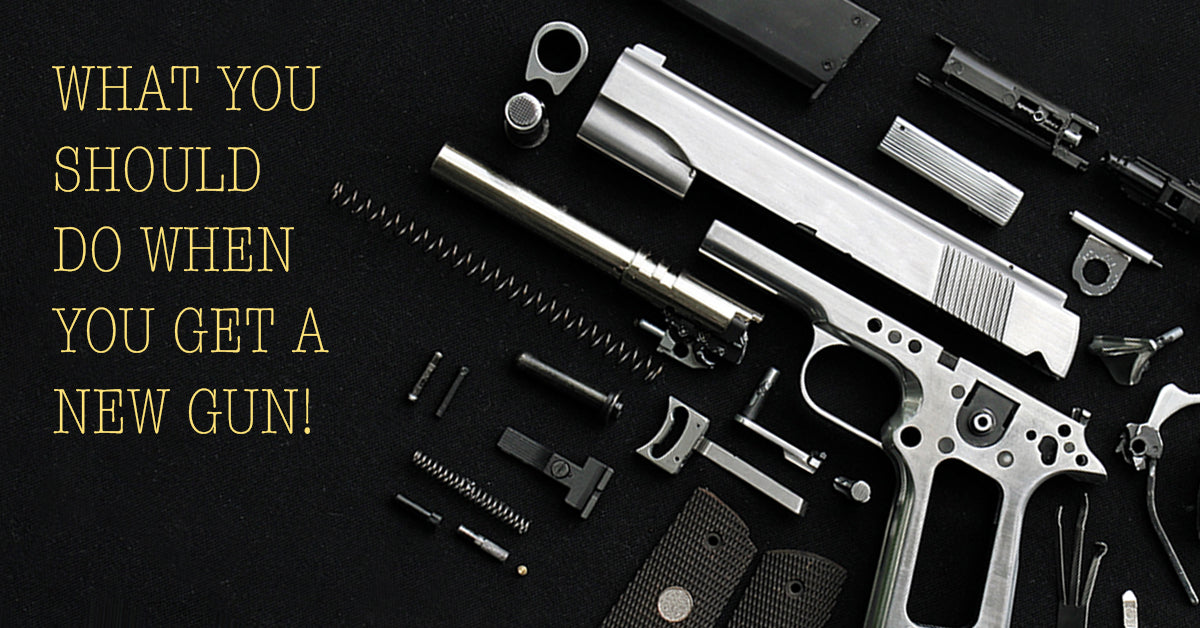
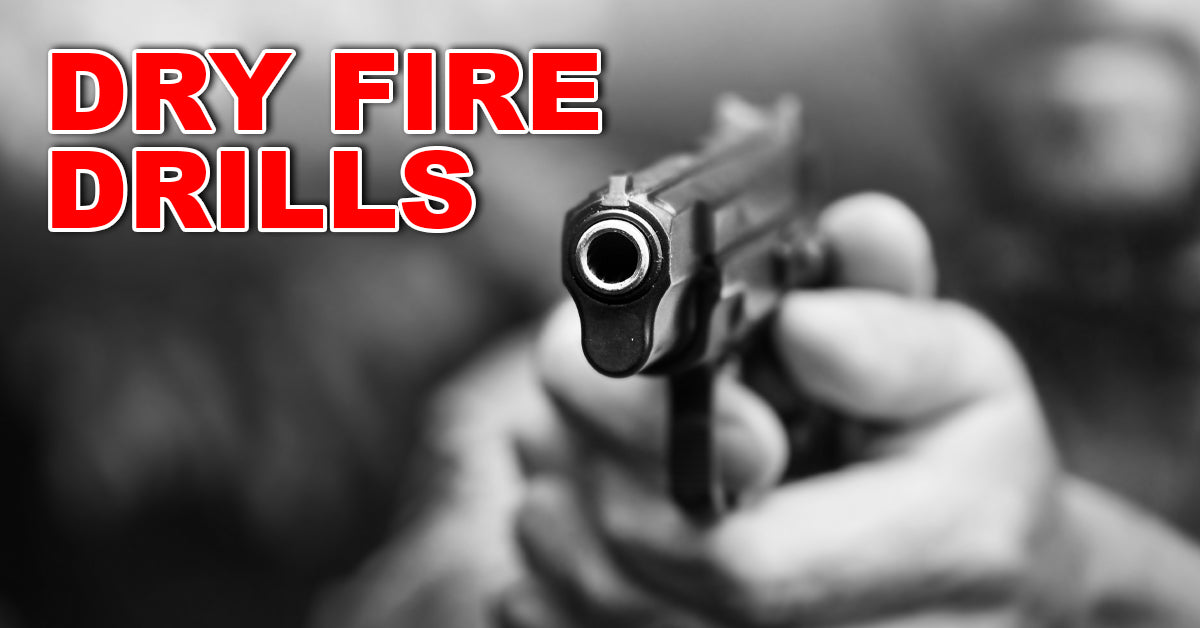
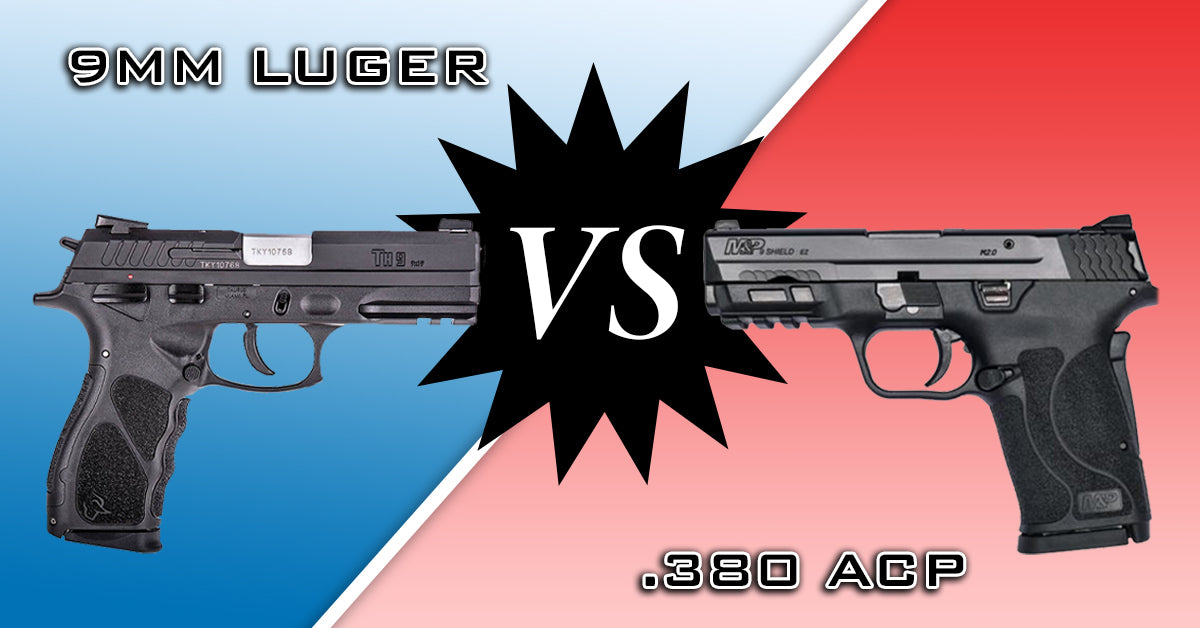
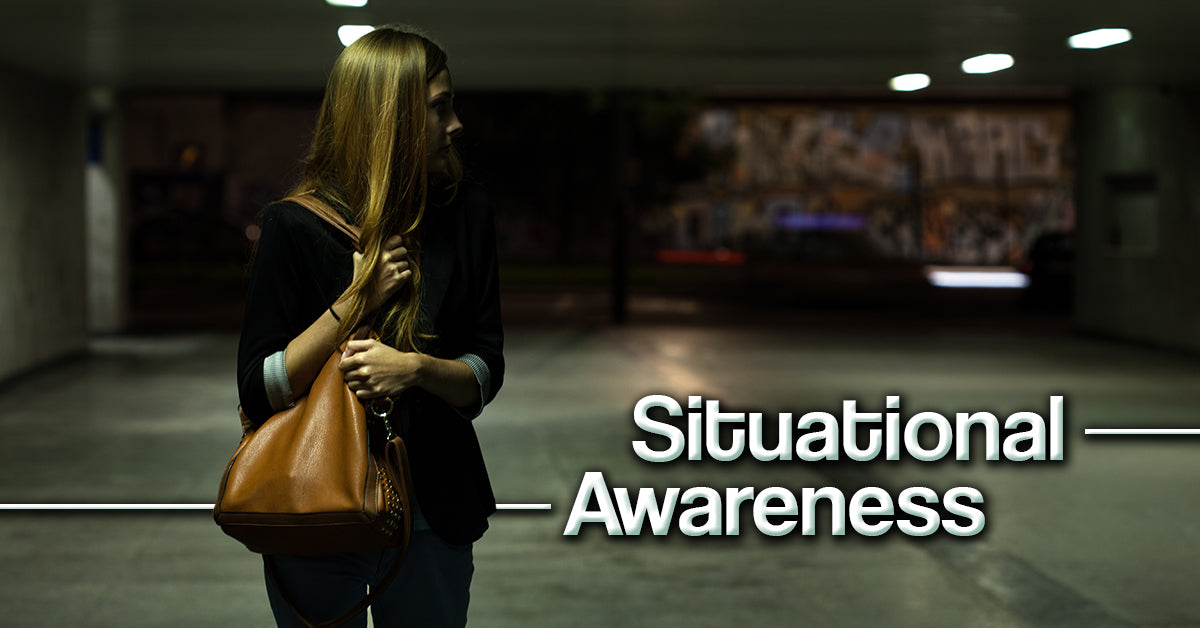
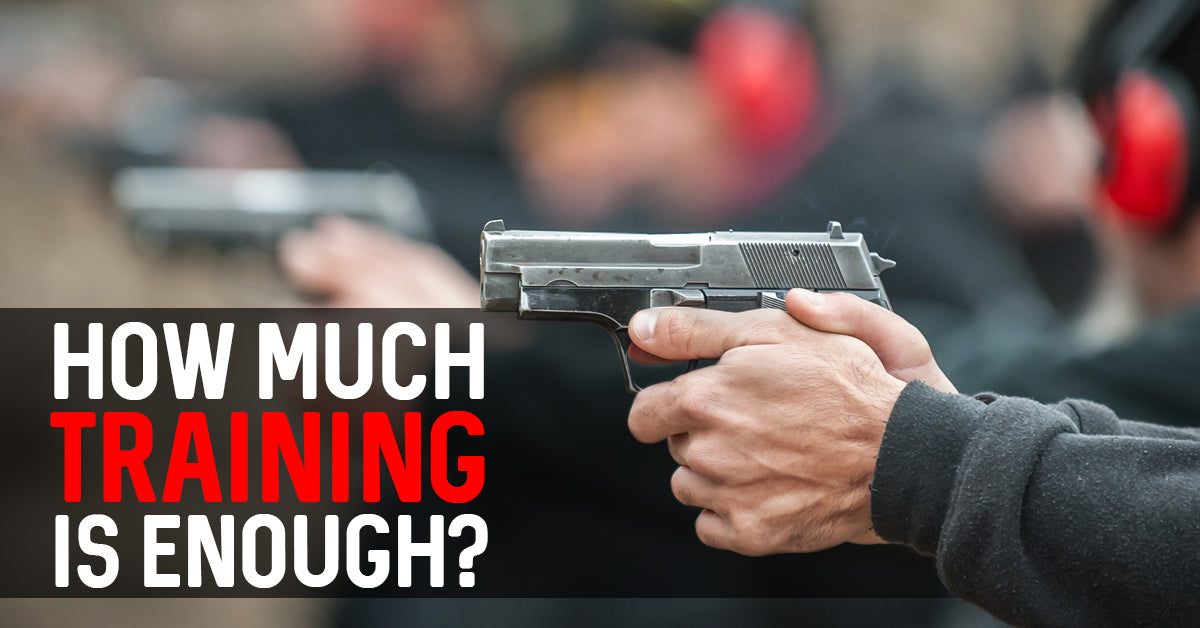
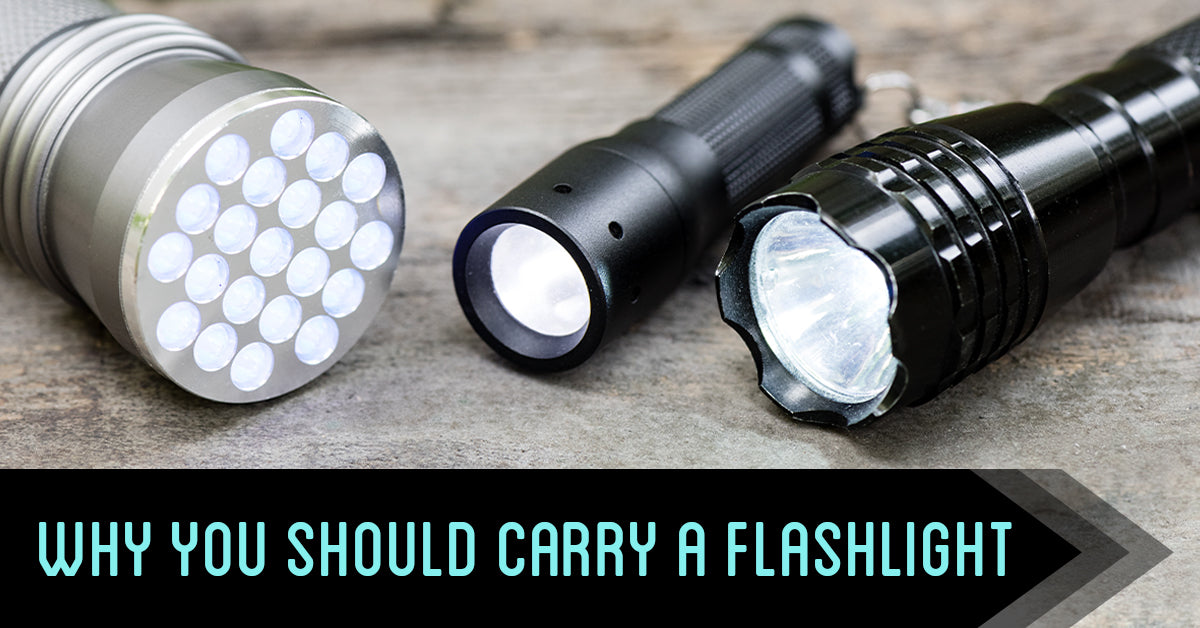
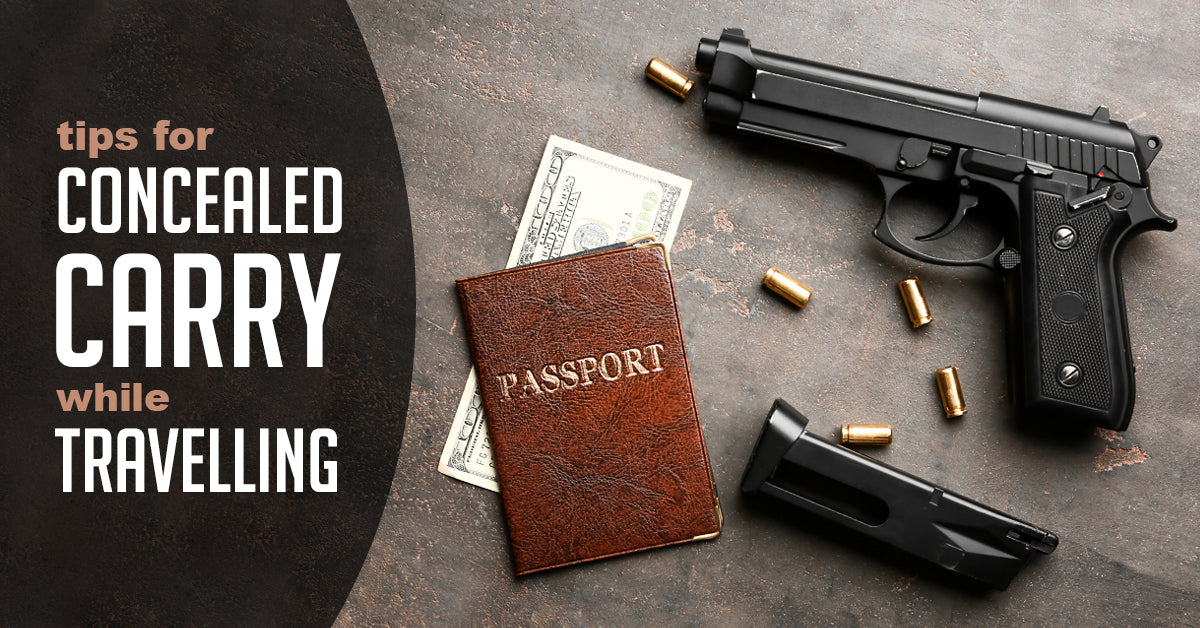
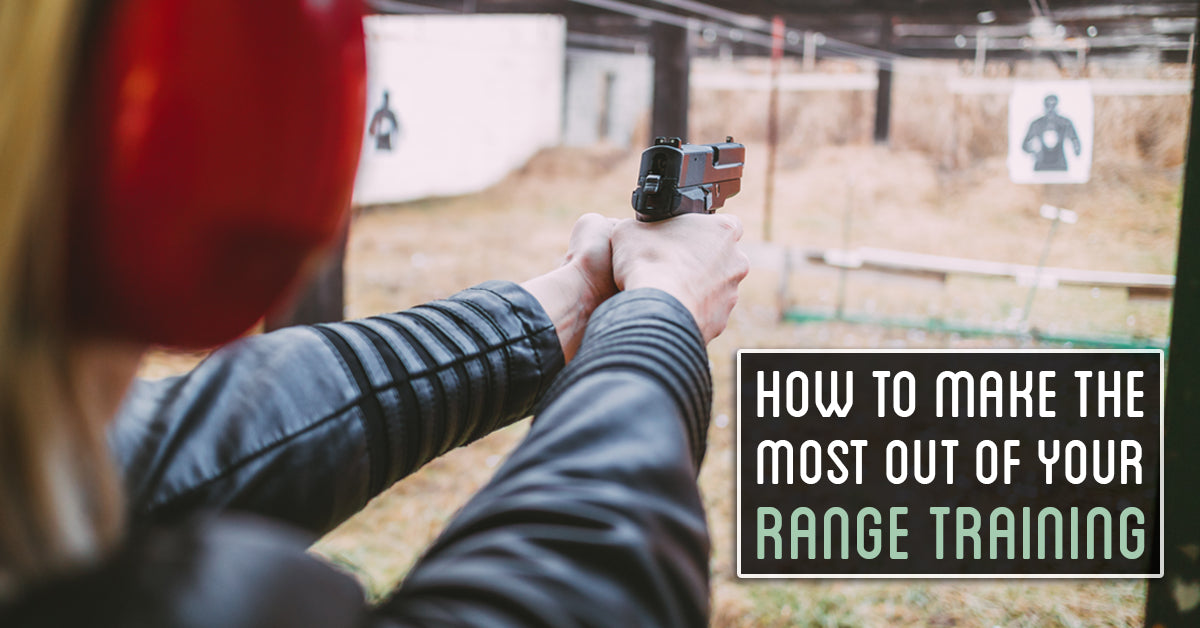
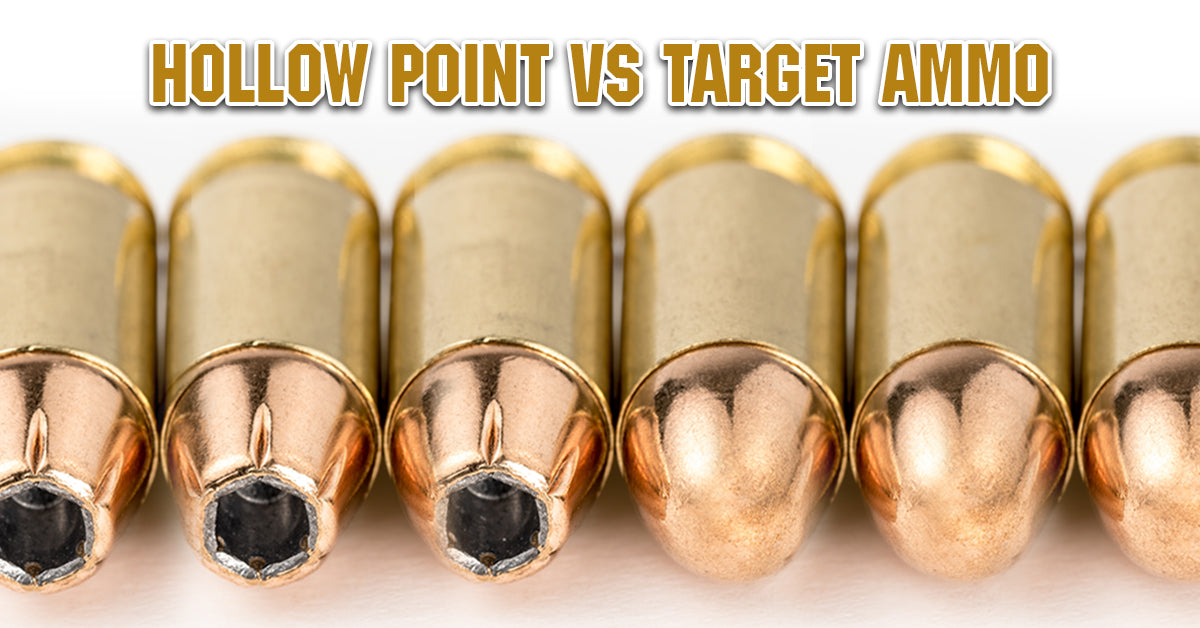
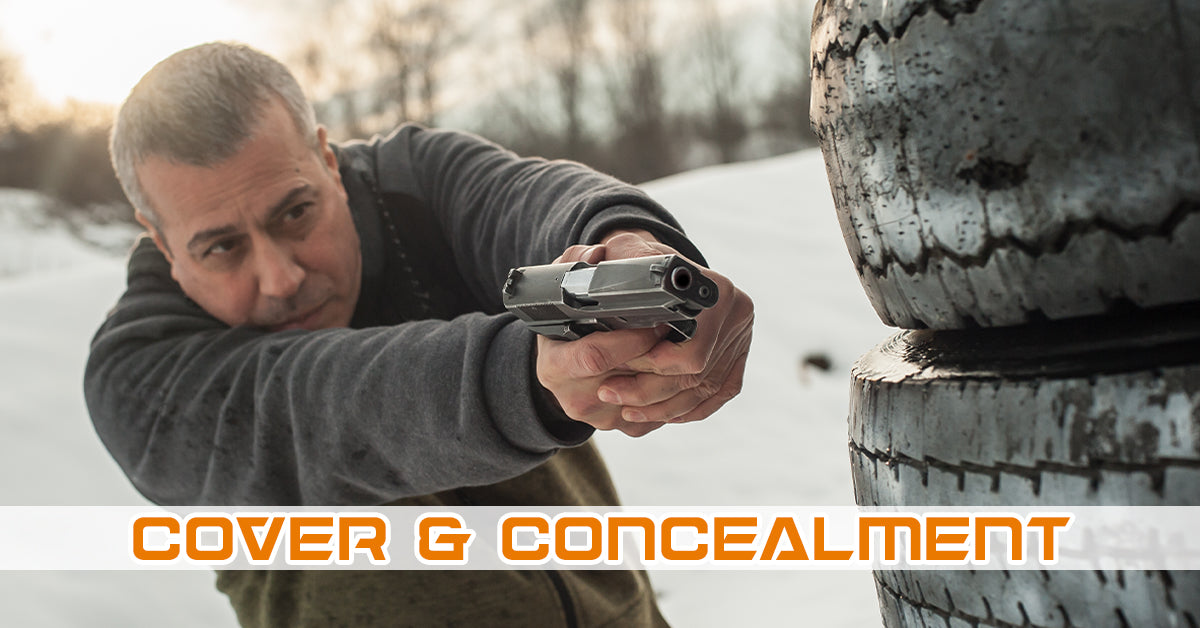
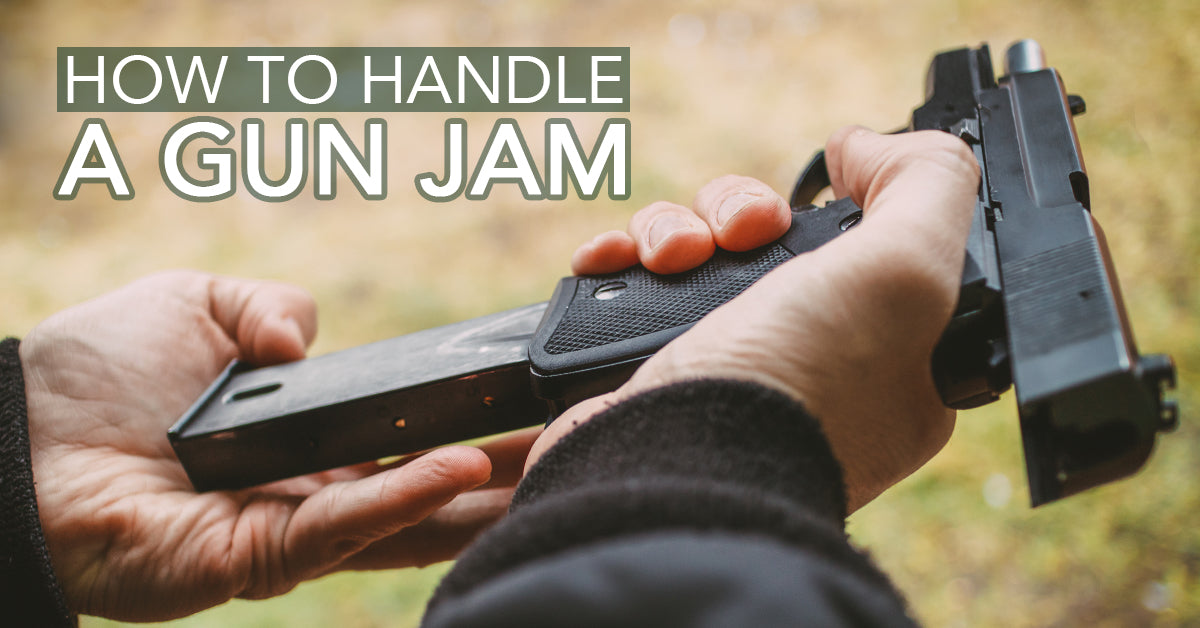
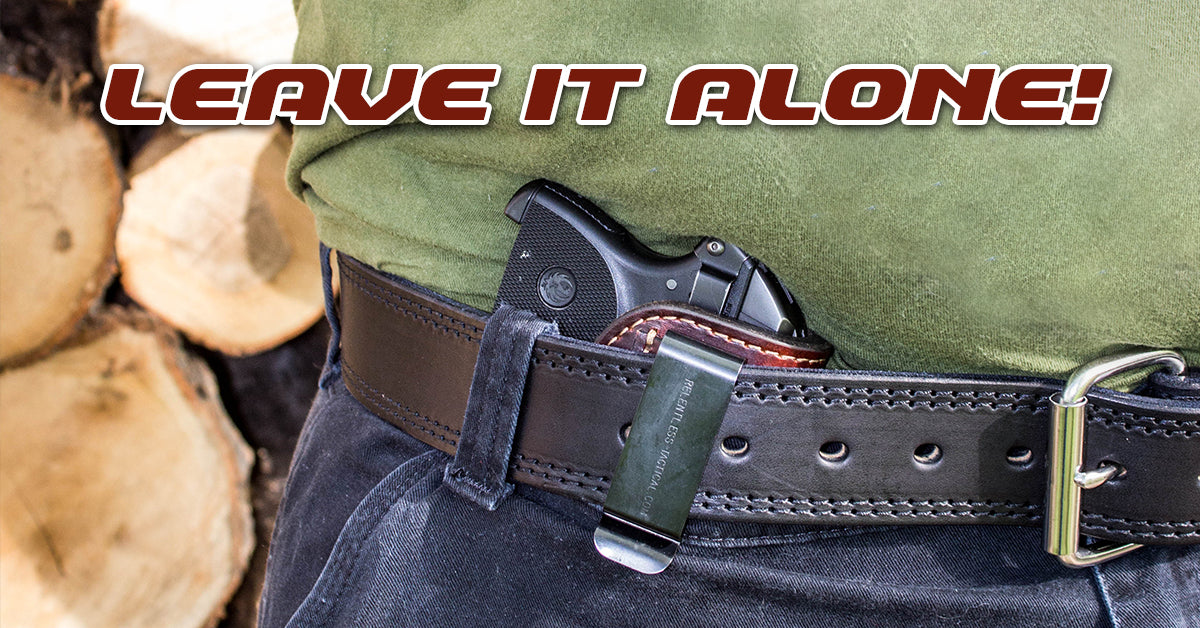
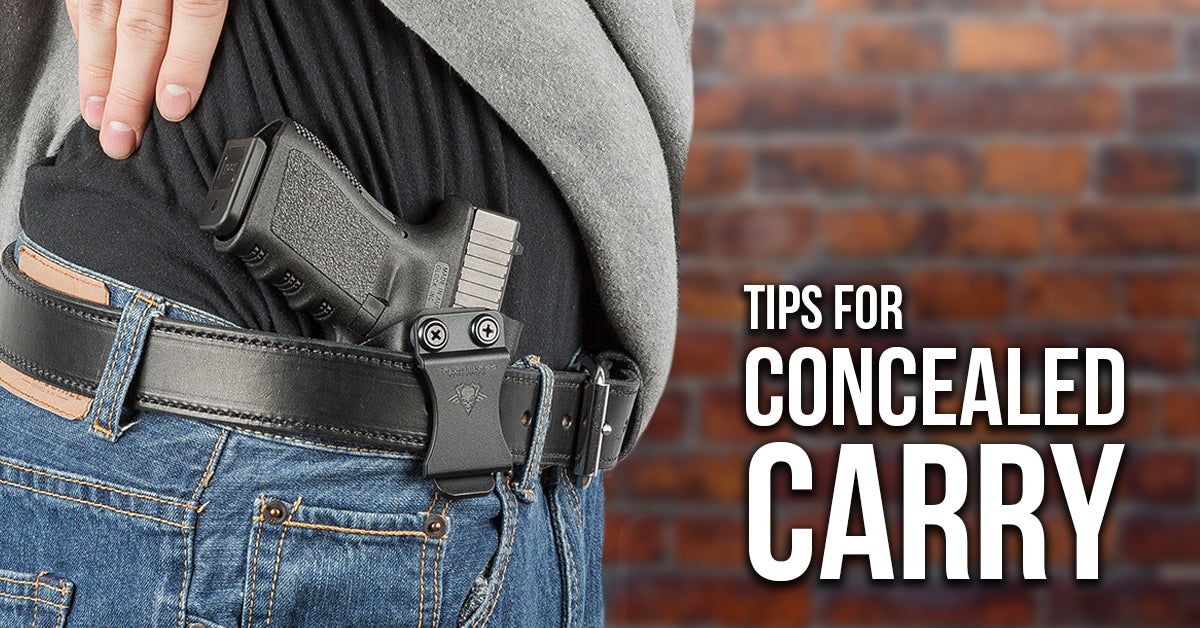
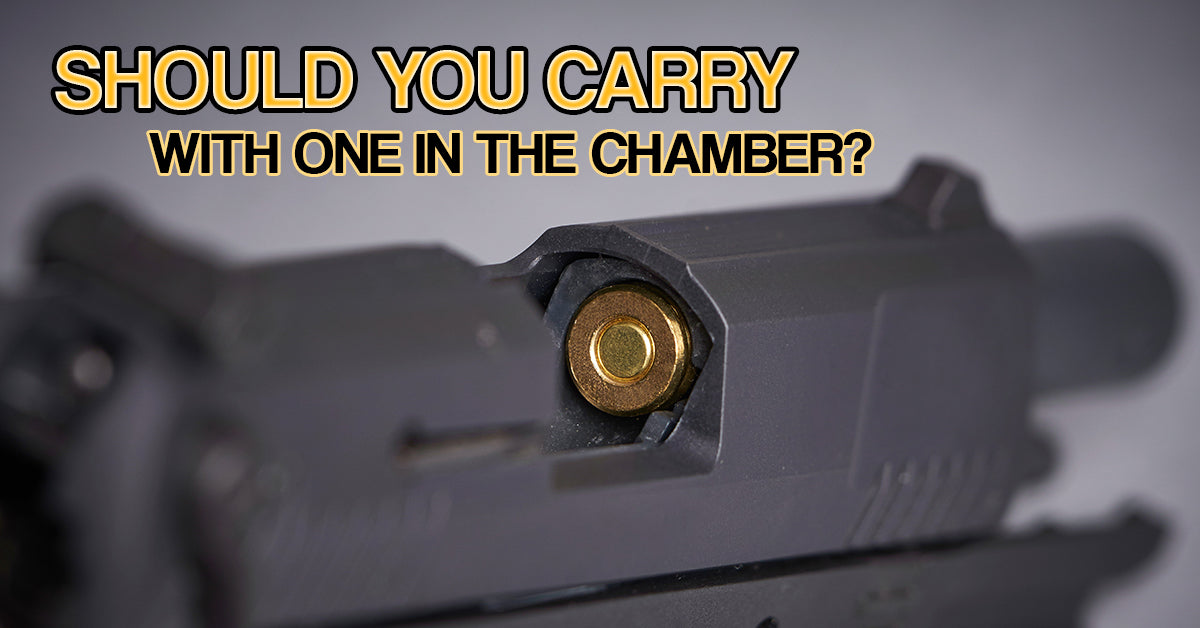
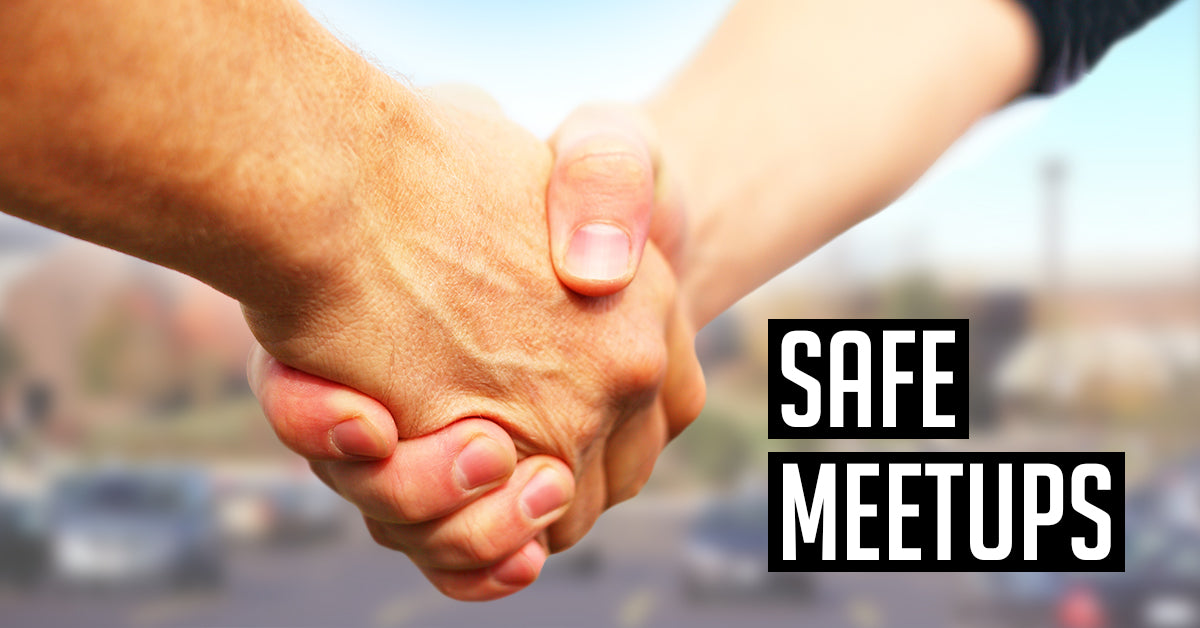
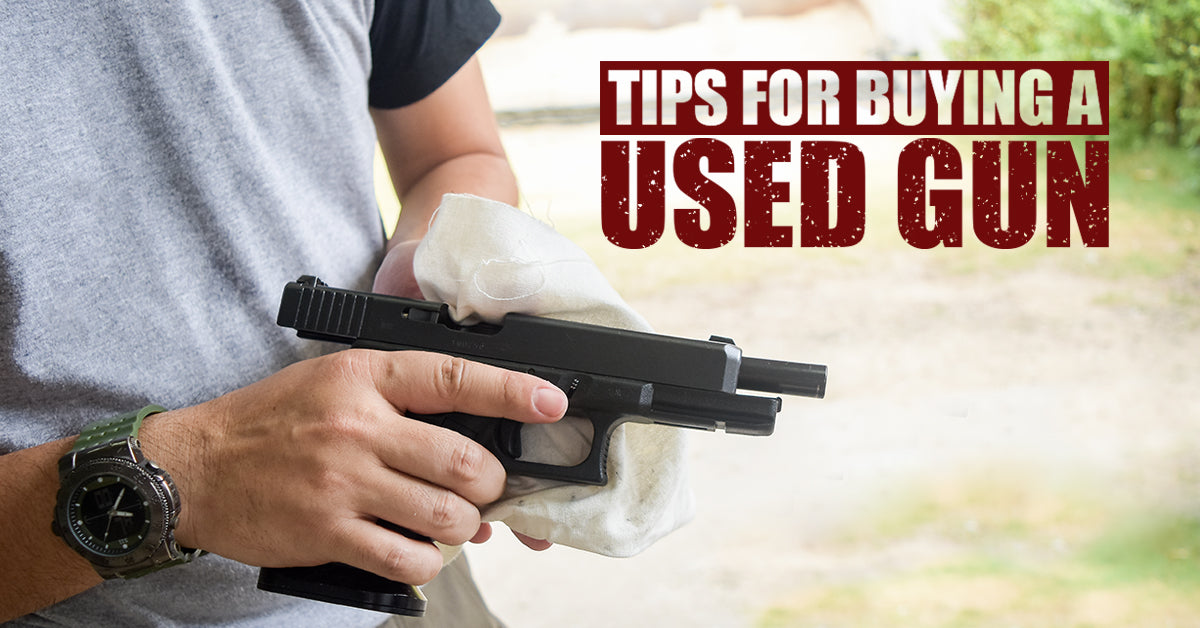

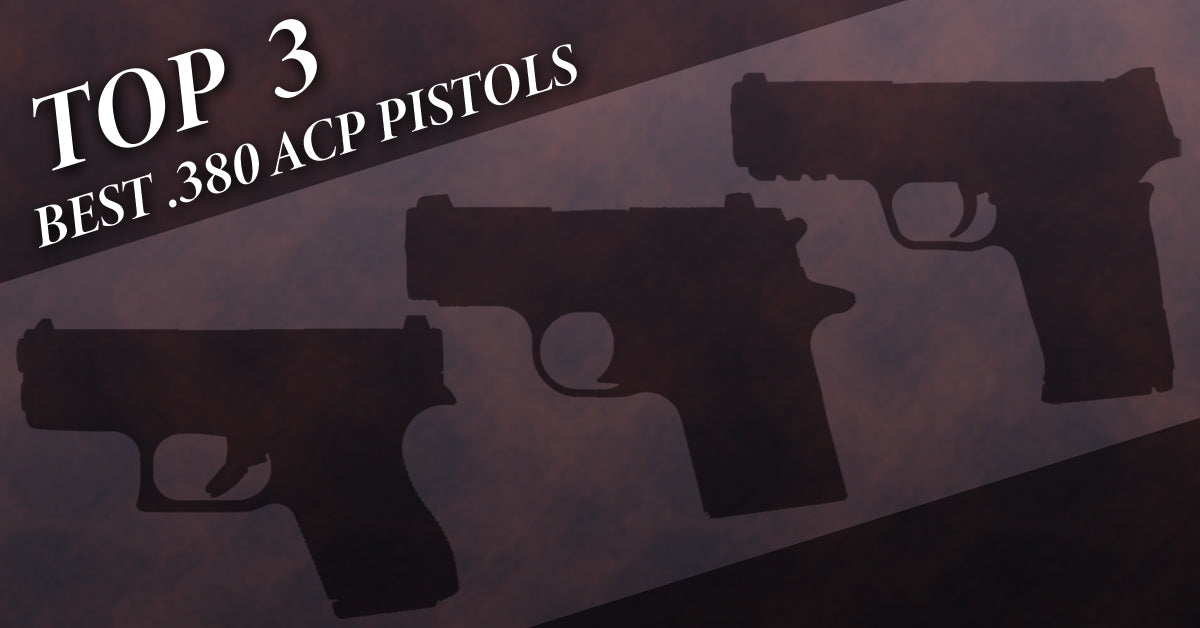
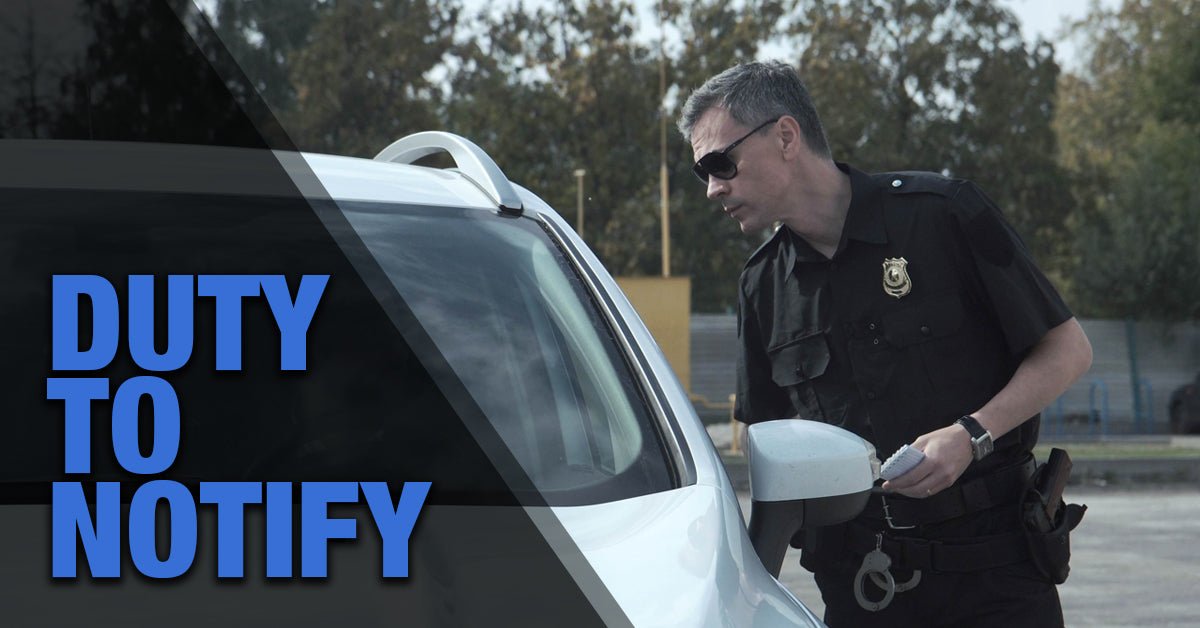
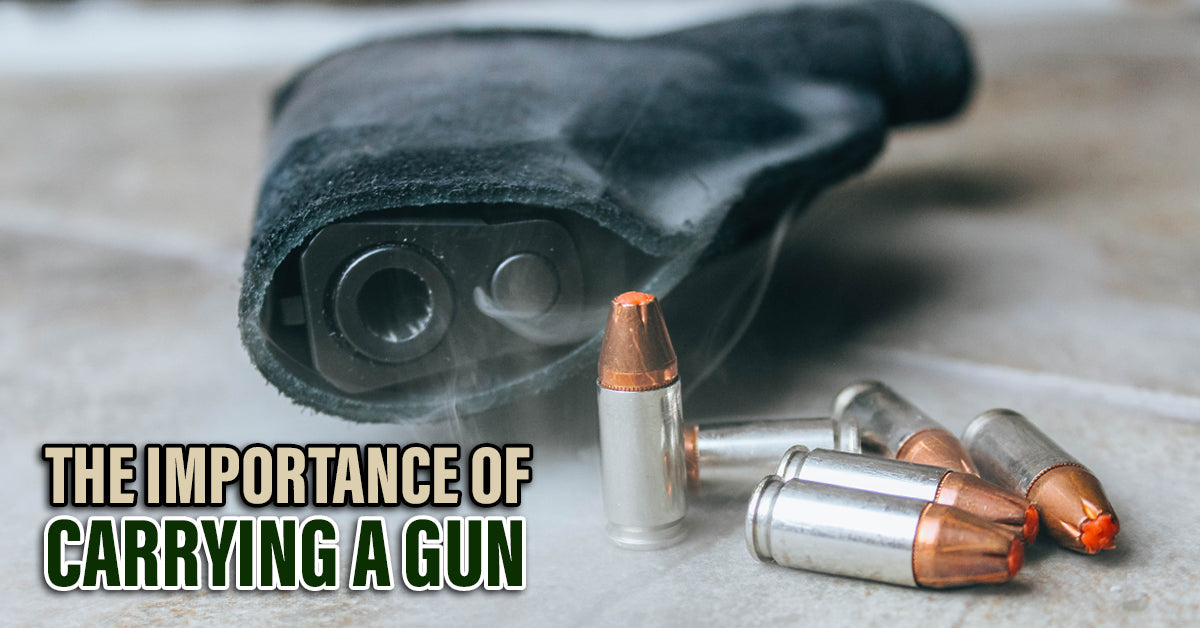
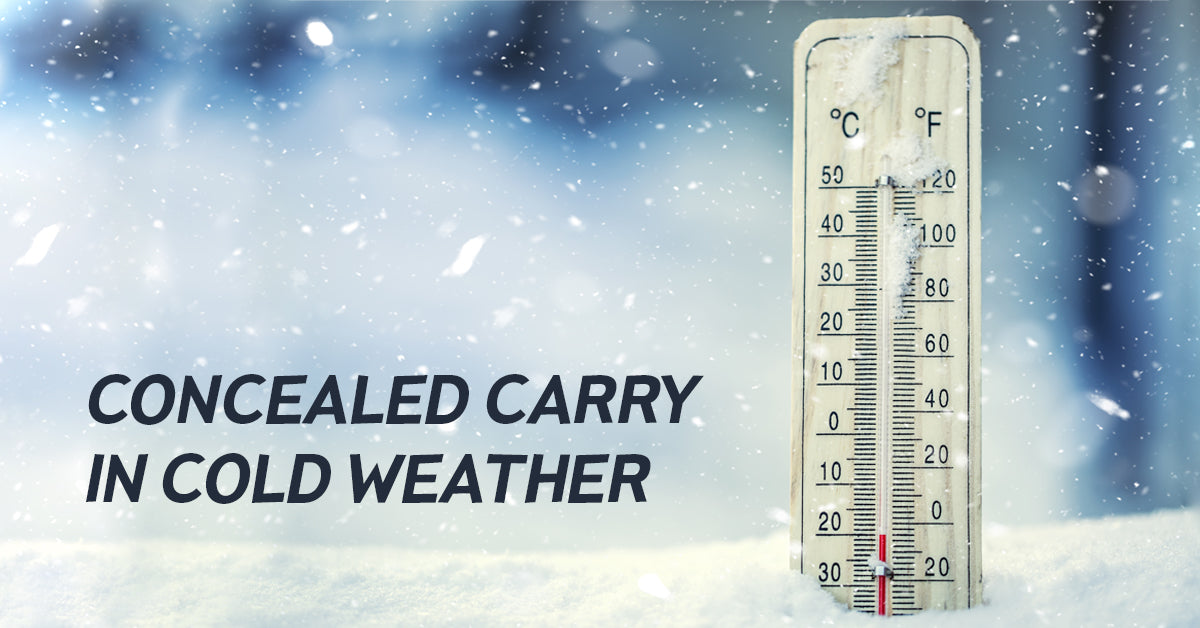
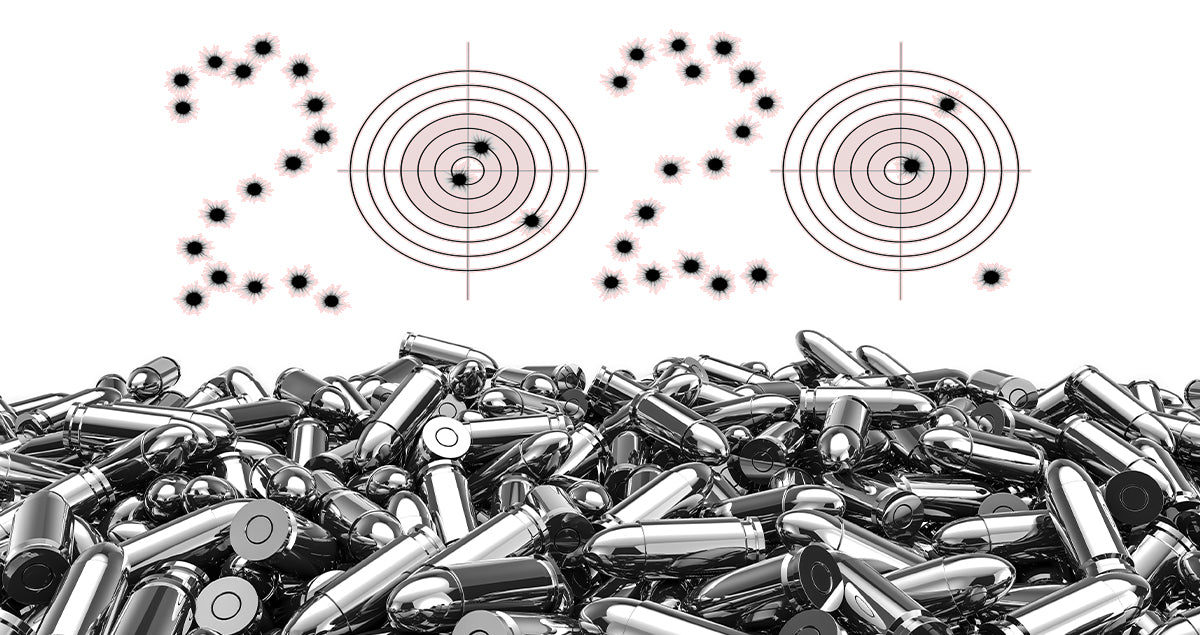
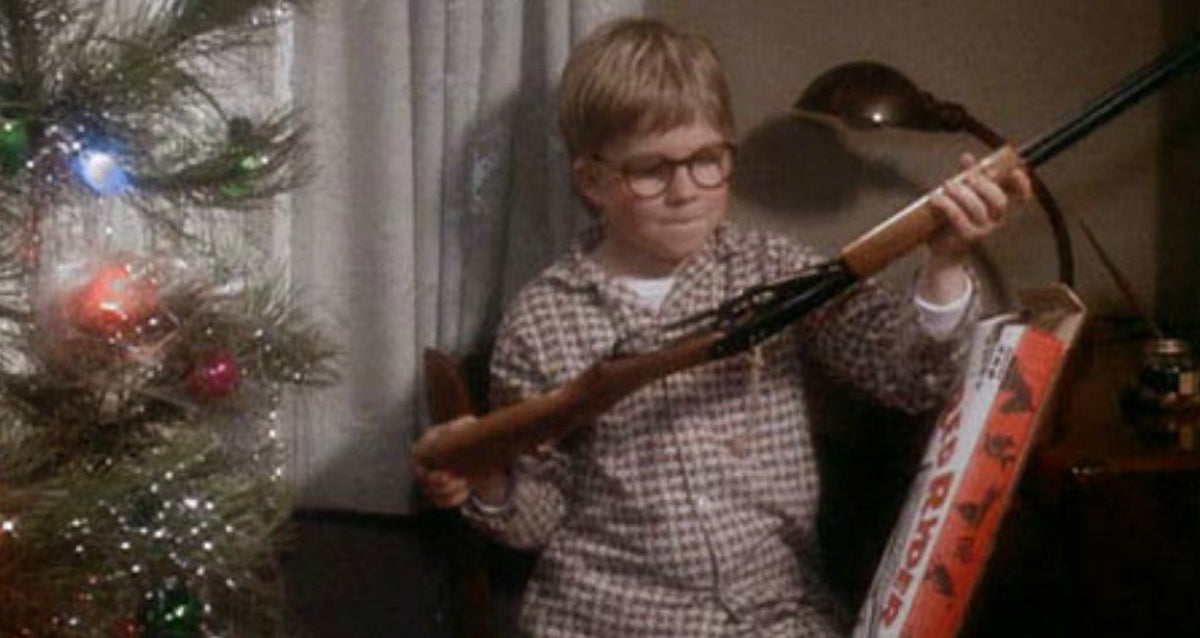
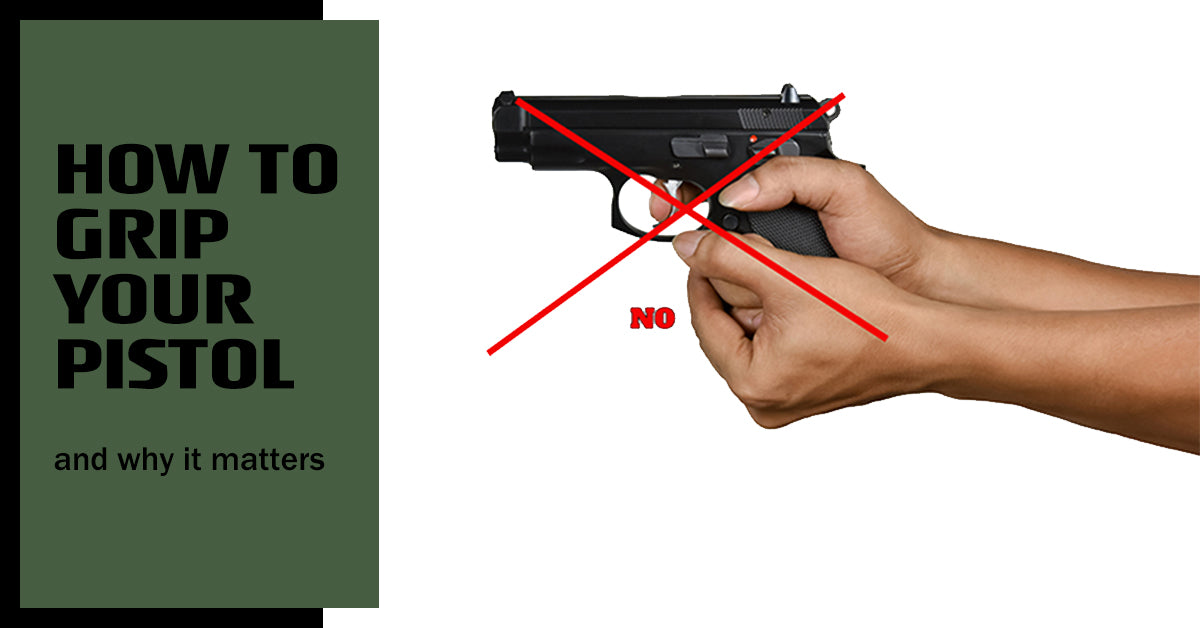
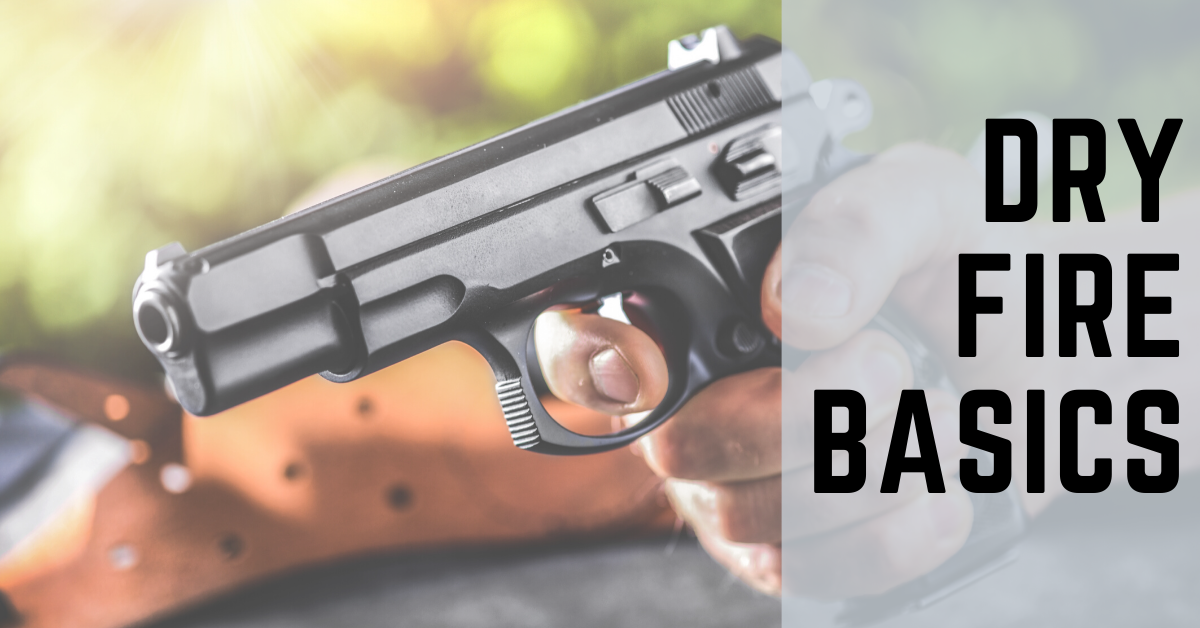
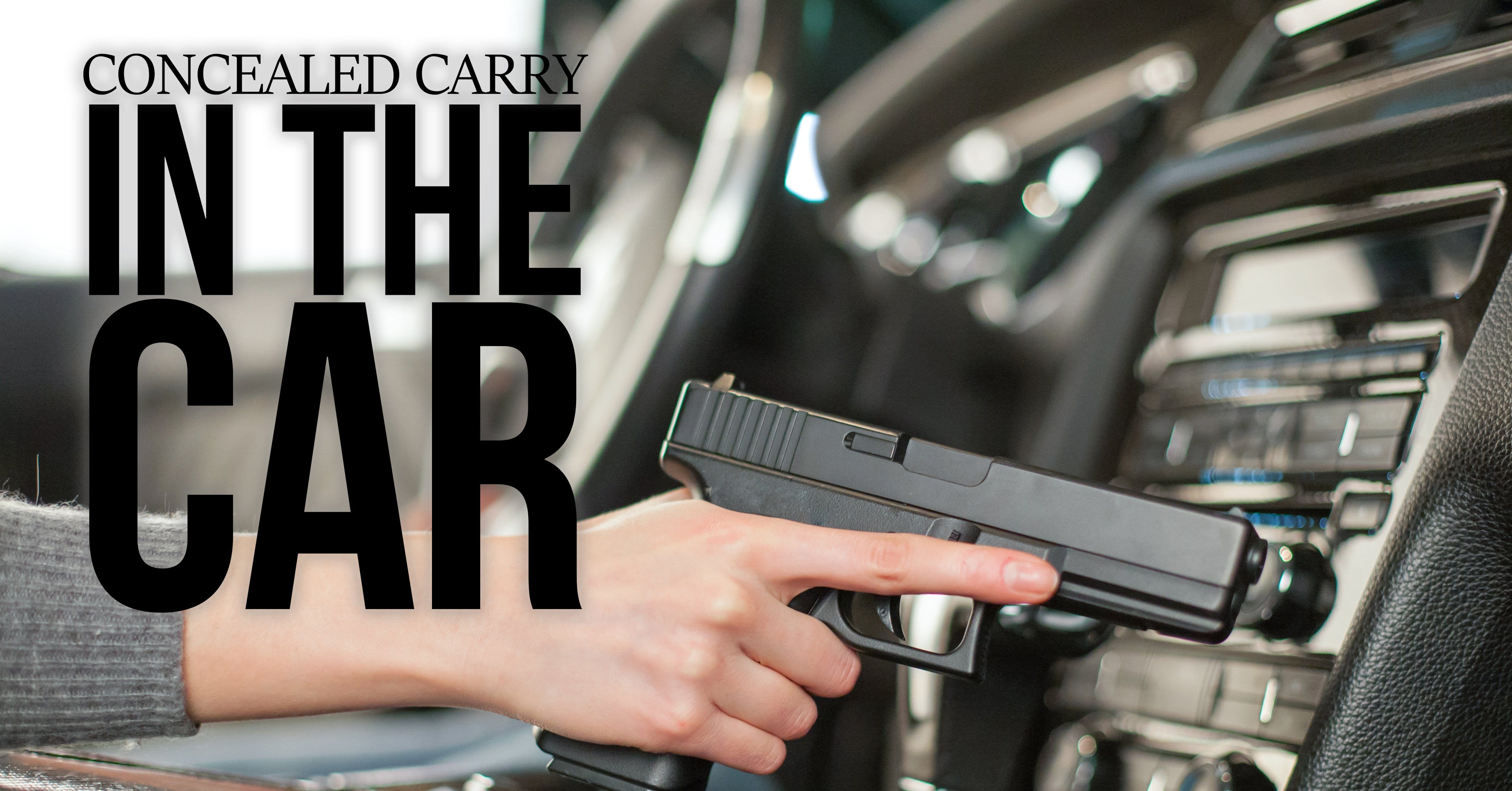
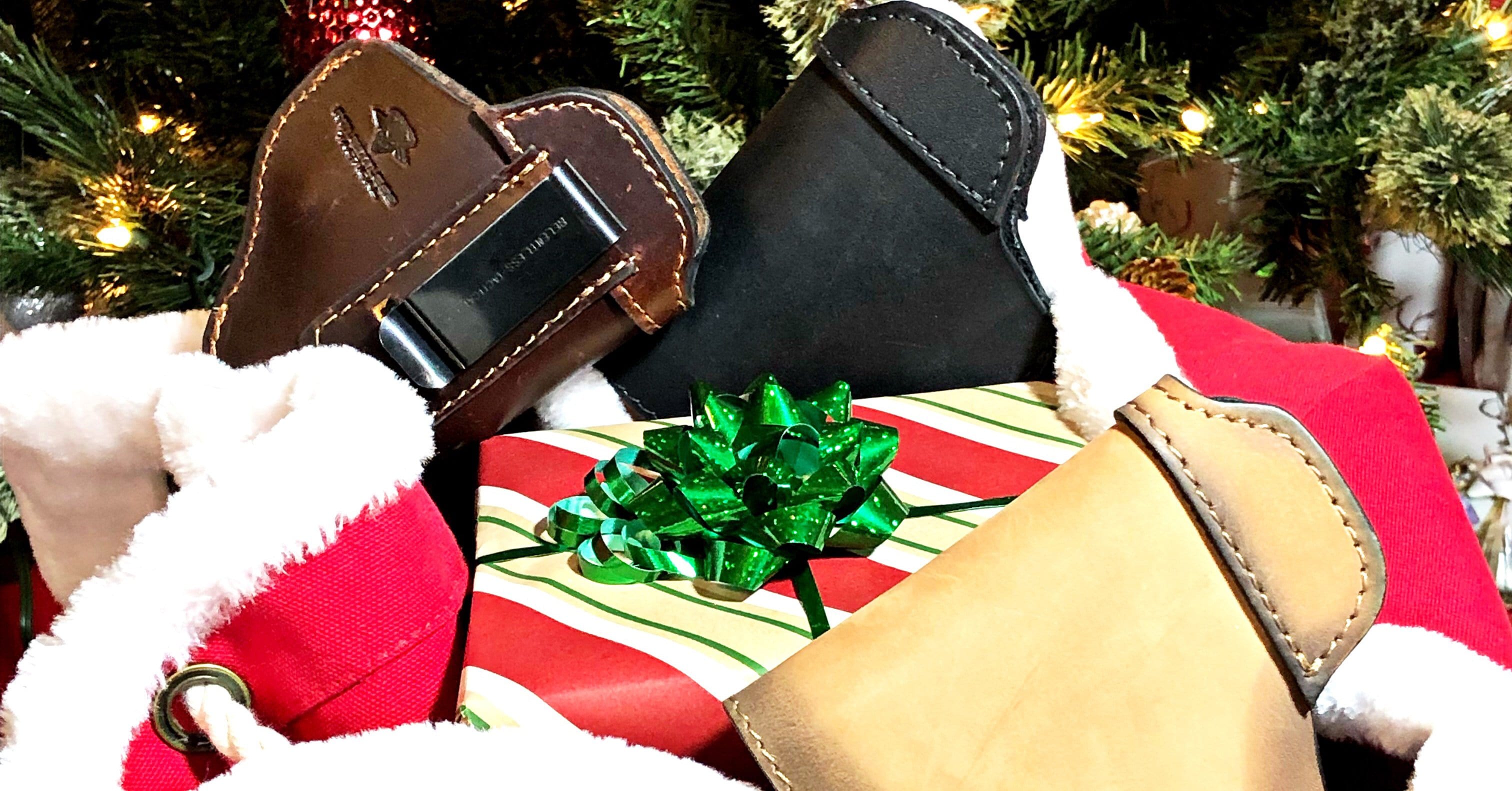
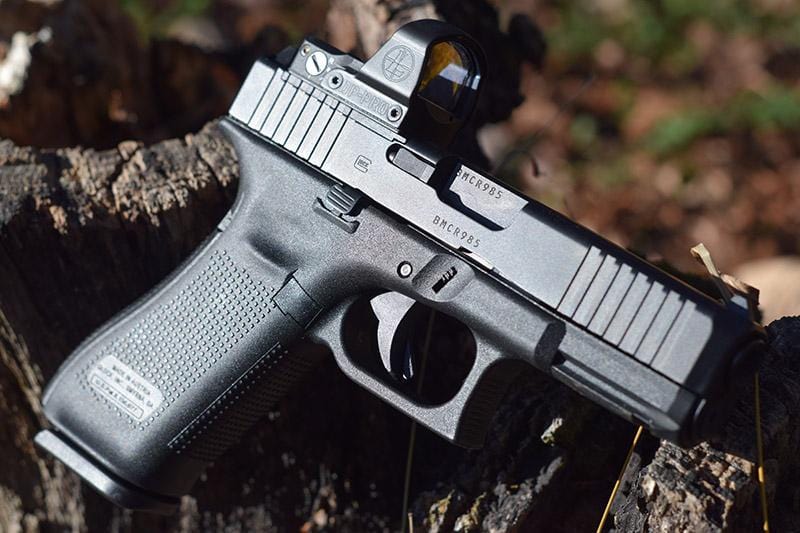

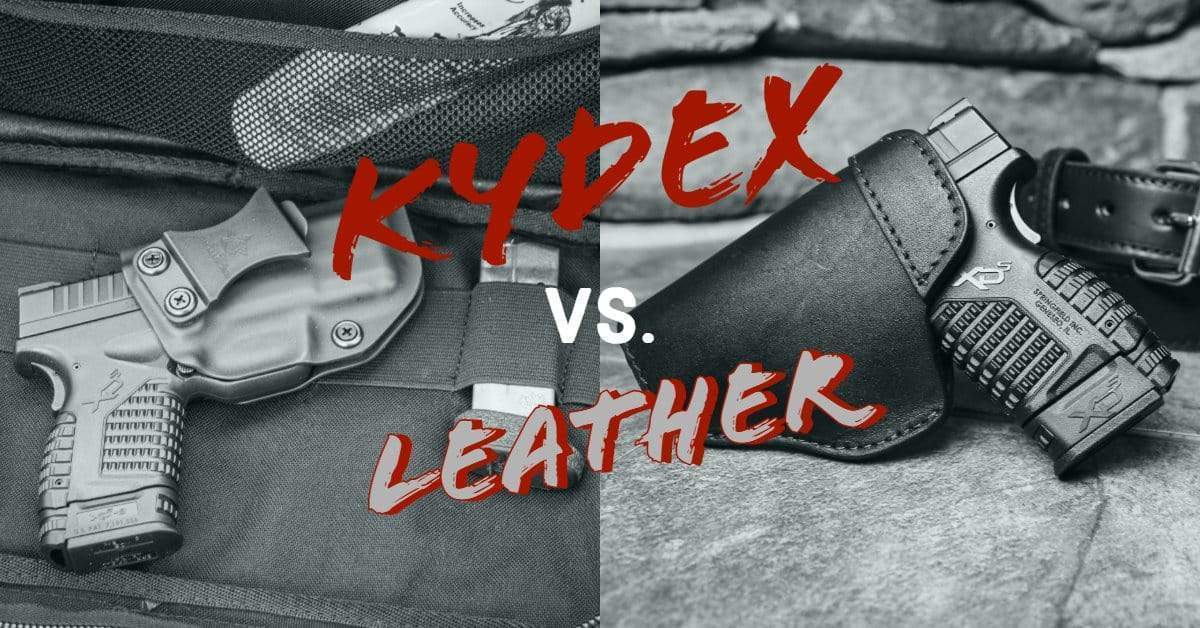

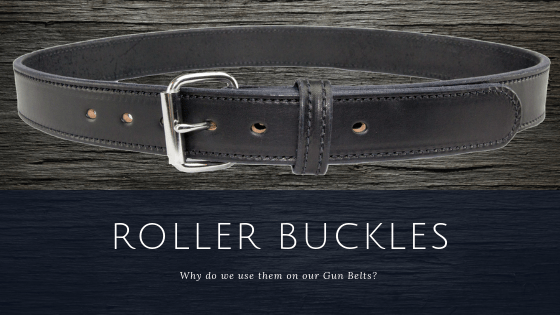
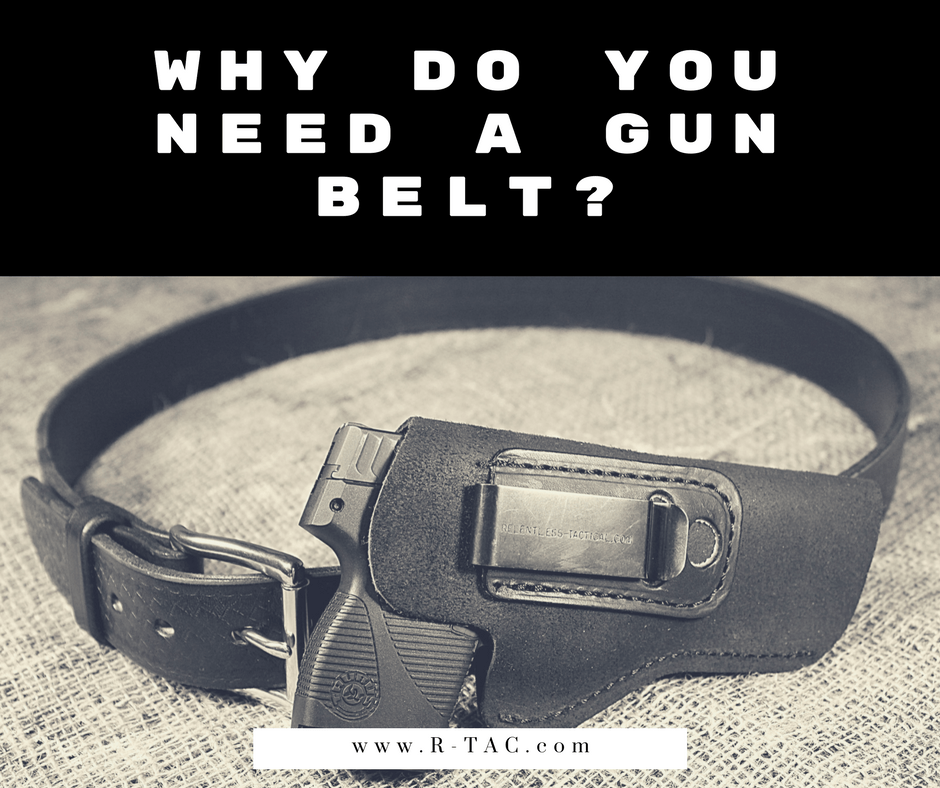
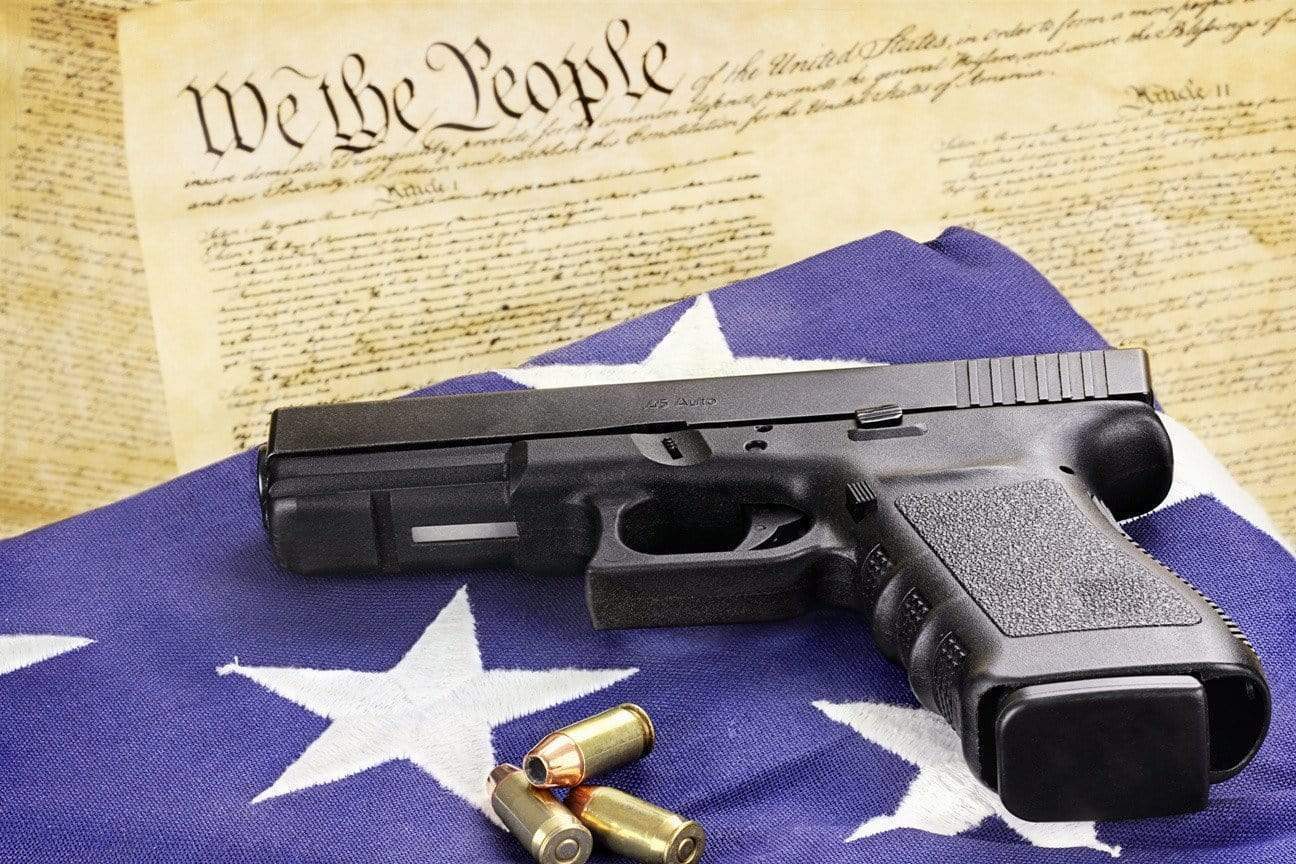
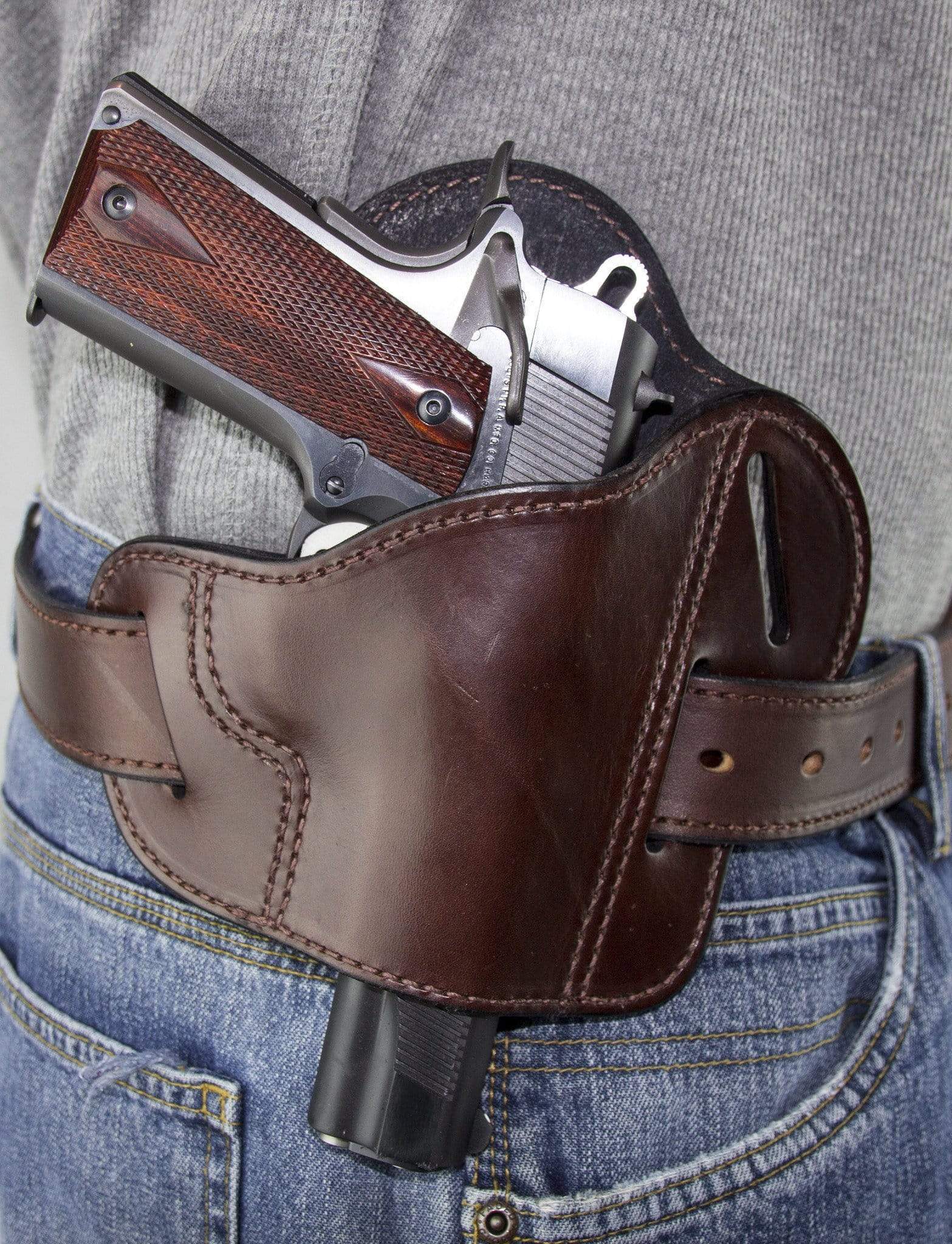
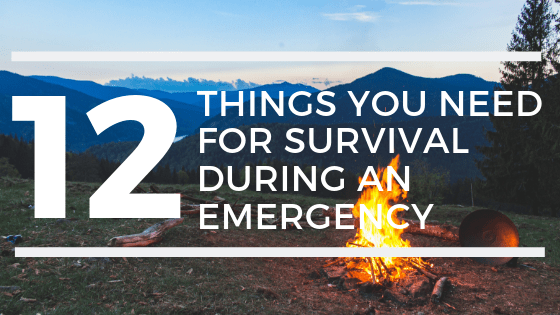
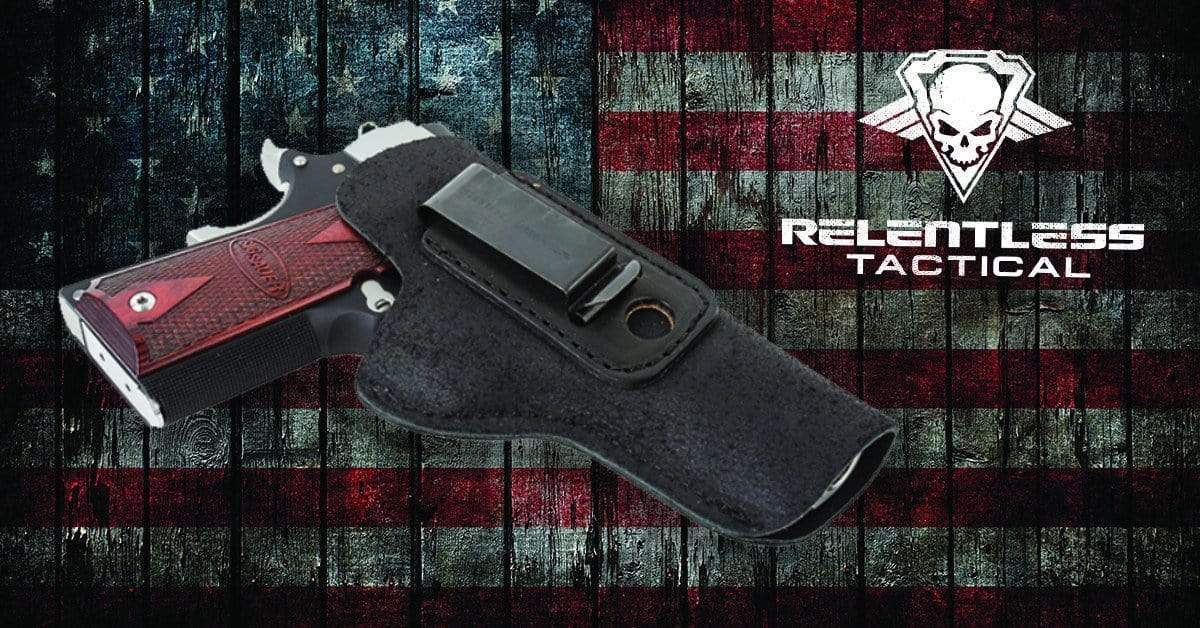
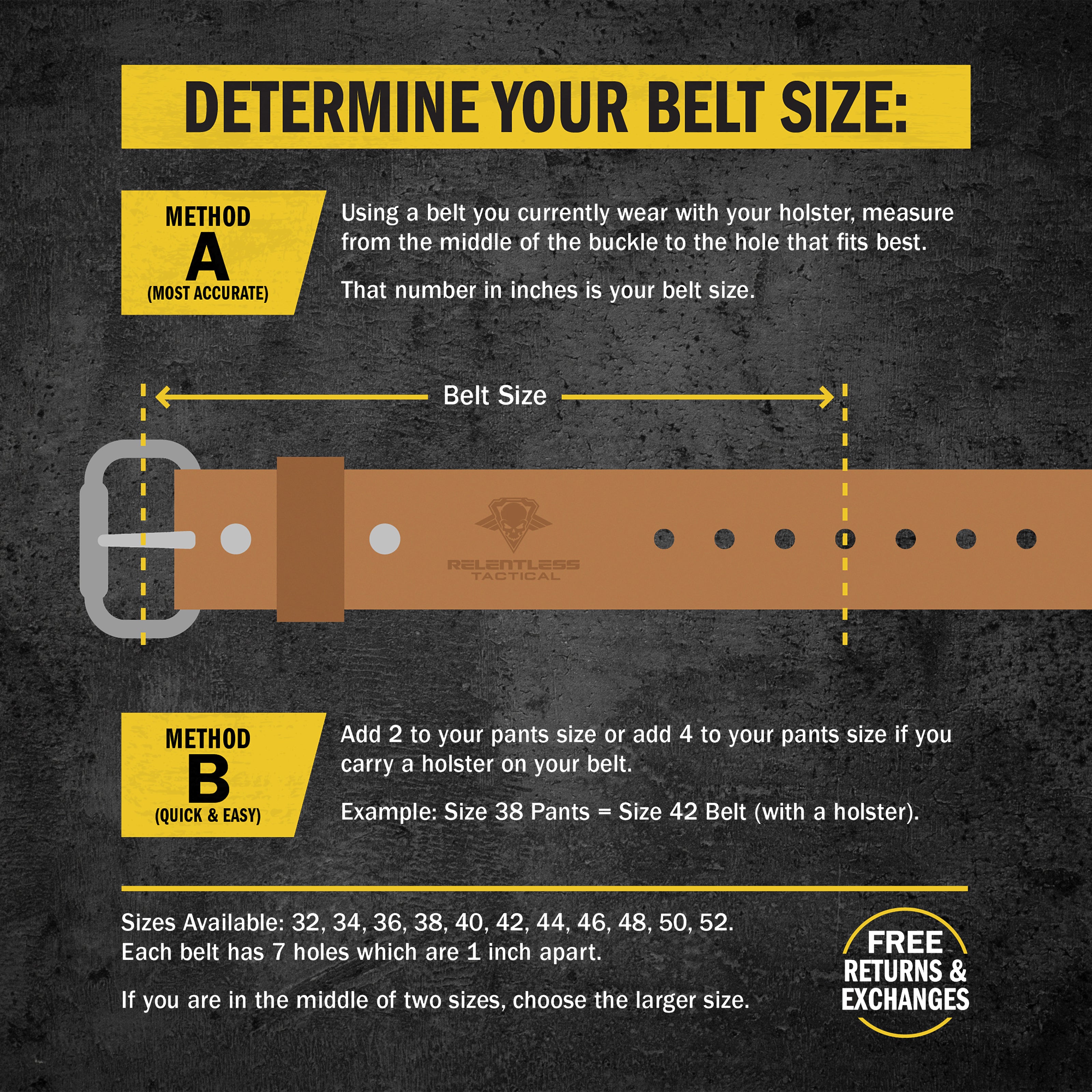
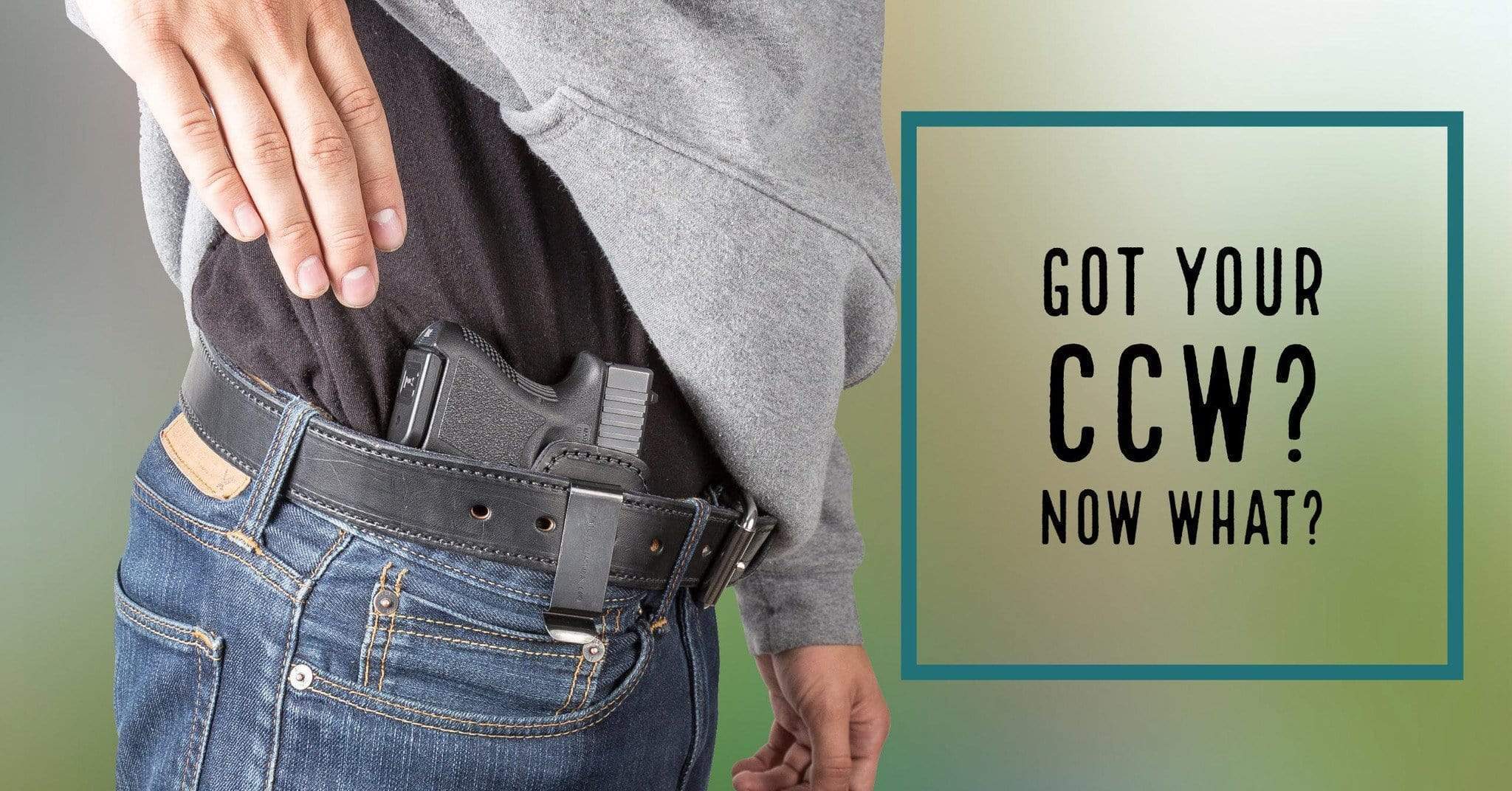
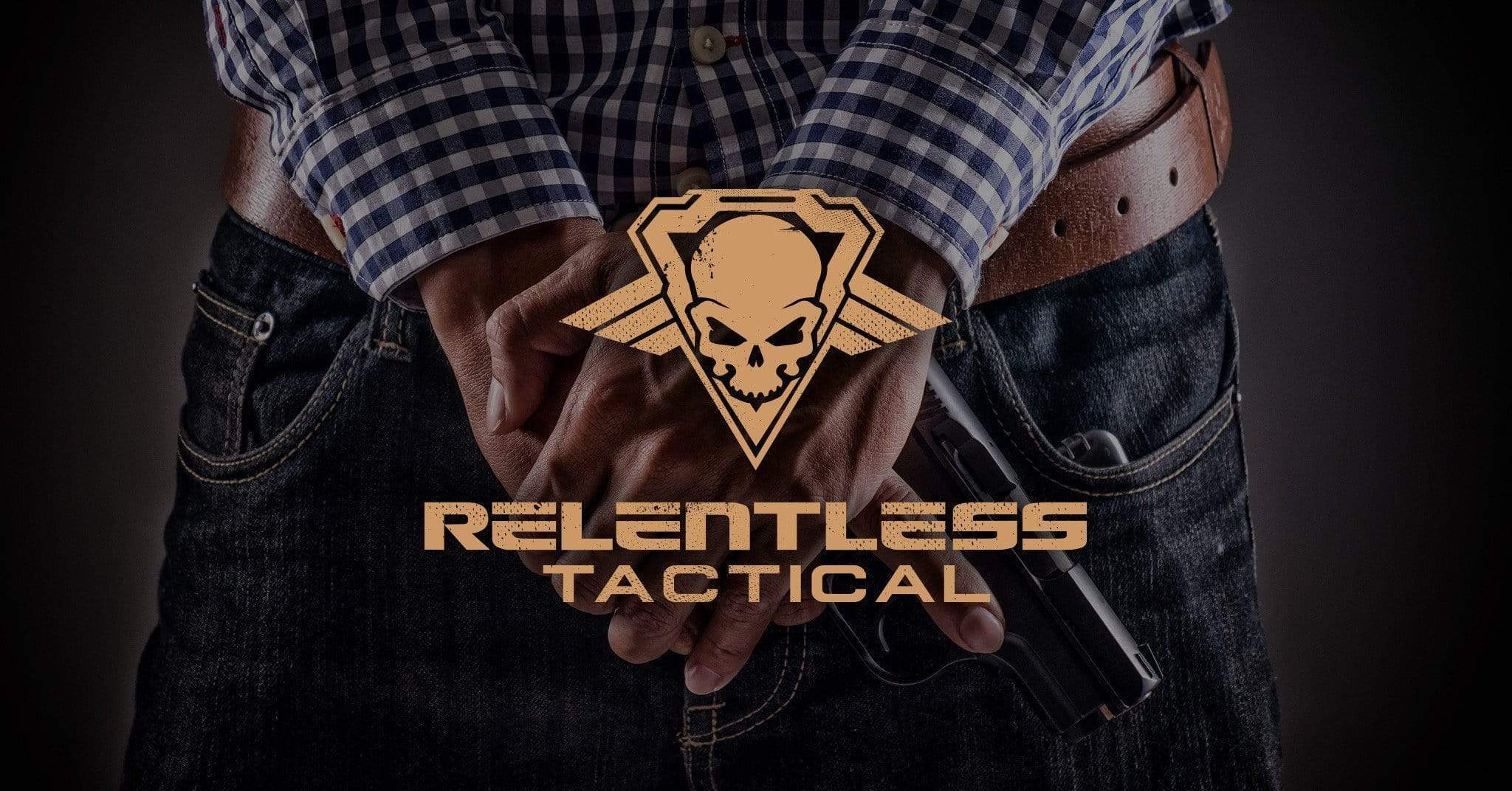

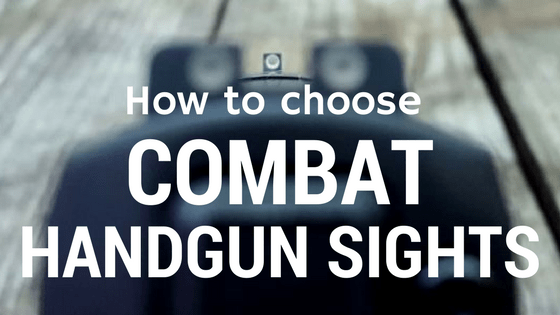
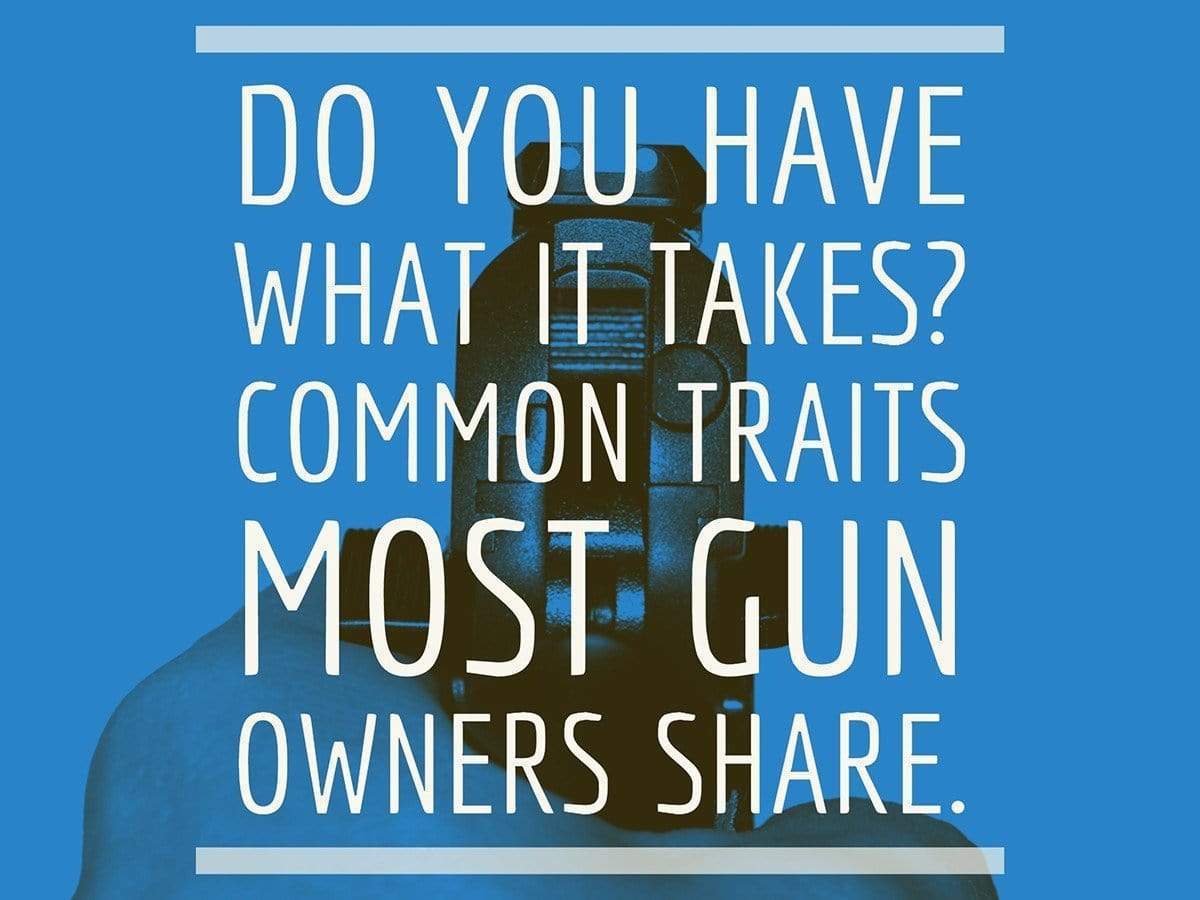
Thank you for suggesting a safe room. It is good to have a firearm in your bedside stand and a cellphone because your phone line might be cut.
Thank you! Good information for all of us to review. Thanks for taking the time.
Dick
I’m impressed by Relentless Tactical. Holsters are great . Good to see a company concerned about gun safety and what we can do to prepare ourselves. 👍